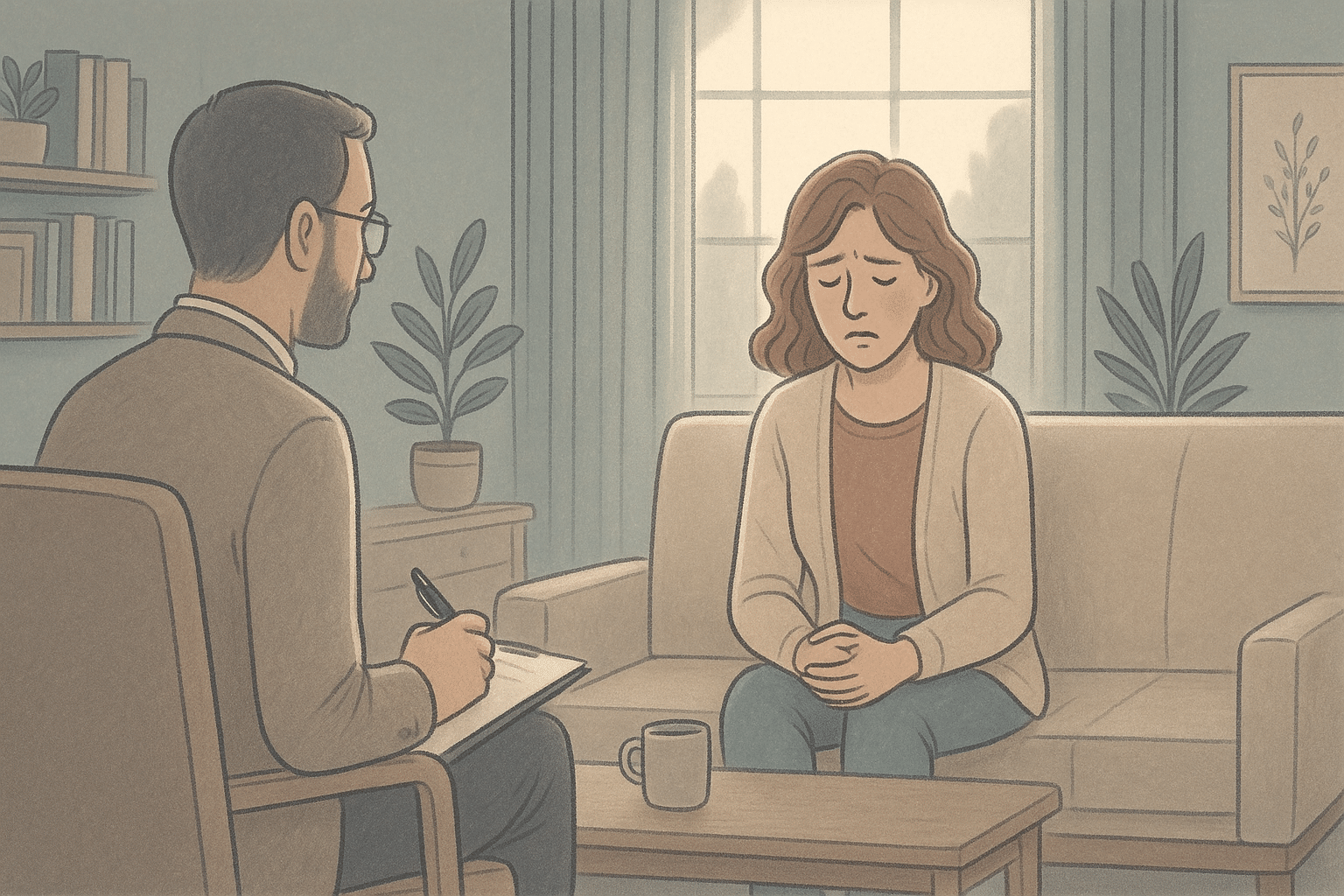Carvalho N, Laurent E, Noiret N, Chopard G, Haffen E, Bennabi D, Vandel P. Eye Movement in Unipolar and Bipolar Depression: A Systematic Review of the Literature. Front Psychol. 2015 Dec 15;6:1809. doi: 10.3389/fpsyg.2015.01809. PMID: 26696915; PMCID: PMC4678228.
Parker G, Coroneo MT, Spoelma MJ. Bipolar eyes: Windows to the pole? Aust N Z J Psychiatry. 2023 Nov;57(11):1405-1406. doi: 10.1177/00048674231195259. Epub 2023 Aug 26. PMID: 37632441; PMCID: PMC10619177.
American Psychological Association. (n.d.-b). Bipolar Disorder. American Psychological Association. https://www.apa.org/topics/bipolar-disorder
Novick DM, Swartz HA, Frank E. Suicide attempts in bipolar I and bipolar II disorder: a review and meta-analysis of the evidence. Bipolar Disord. 2010 Feb;12(1):1-9. doi: 10.1111/j.1399-5618.2009.00786.x. PMID: 20148862; PMCID: PMC4536929.
Aldinger F, Schulze TG. Environmental factors, life events, and trauma in the course of bipolar disorder. Psychiatry Clin Neurosci. 2017 Jan;71(1):6-17. doi: 10.1111/pcn.12433. Epub 2016 Sep 21. PMID: 27500795; PMCID: PMC7167807.
Burdick KE, Millett CE, Russo M, Et. al, The association between lithium use and neurocognitive performance in patients with bipolar disorder. Neuropsychopharmacology. 2020 Sep;45(10):1743-1749. doi: 10.1038/s41386-020-0683-2. Epub 2020 Apr 29. PMID: 32349118; PMCID: PMC7419515.
Kusumakar V. Antidepressants and antipsychotics in the long-term treatment of bipolar disorder. J Clin Psychiatry. 2002;63 Suppl 10:23-8. PMID: 12392350.
Escamilla MA, Zavala JM. Genetics of bipolar disorder. Dialogues Clin Neurosci. 2008;10(2):141-52. doi: 10.31887/DCNS.2008.10.2/maescamilla. PMID: 18689285; PMCID: PMC3181866.
Craddock N, Jones I. Molecular genetics of bipolar disorder. British Journal of Psychiatry. 2001;178(S41):s128-s133. doi:10.1192/bjp.178.41.s128
O’Connell, K.S., Koromina, M., van der Veen, T. et al. Genomics yields biological and phenotypic insights into bipolar disorder. Nature 639, 968–975 (2025). https://doi.org/10.1038/s41586-024-08468-9
Mullins N, & et al. Genome-wide association study of more than 40,000 bipolar disorder cases provides new insights into the underlying biology. Nat Genet. 2021 Jun;53(6):817-829. doi: 10.1038/s41588-021-00857-4. Epub 2021 May 17. PMID: 34002096; PMCID: PMC8192451.














